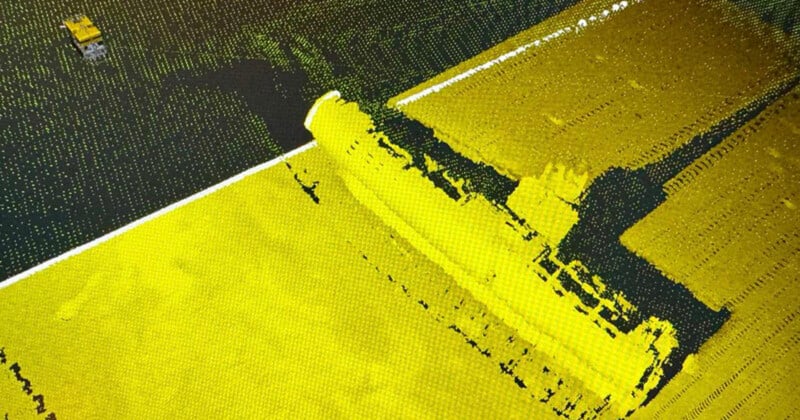New Imaging Tech Captures Japanese Submarine That Was Deliberately Sunk

New imaging technology has captured a 3D image of a Japanese submarine that was deliberately sunk off the coast of Hawaii at the end of World War II.
The K2 High-Resolution Mapping System along with the Norbit multibeam echosounder was deployed to capture a clear image of the I-201 sub that “intentionally scuttled” on May 23, 1946.
The Ocean Exploration Trust visited the wreck site south of Oahu on November 3 with the person who developed the high-resolution acoustic mapping system telling the Miami Herald that the I-201 was broken into two pieces.
“I think the sonar maps and imagery we collected largely confirm the historical story,” says Kristopher Krasosky.
“However, it should add unprecedented detail to the dive site. Additionally, it can serve as a reference for future work as historians monitor the decay of the wreck.”
The submarine was built for Japan’s Imperial Navy; completed in 1945, the I-201 never saw any action because the war had ended.
It was brought to Pearl Harbor where, rather strangely, it was torpedoed after the U.S. military issued orders to sink all captured Japanese submarines because the Soviet Union had demanded access to the seized vessels.
The Ocean Exploration Trust hopes that the new imaging technology will shed light on wrecks that little is known about.
“This provides a greater context not only of their general build but also allows researchers to better determine the methods in which they sank and how these structures are now forming ecosystems of their own,” Madison Dapcevich, a communication lead, and science reporter, tells The Herald.
“Together, these new technologies immerse audiences … in an entirely new and collaborative way, diving deep and exploring the ocean in real-time with greater clarity and understanding of these deep ocean ecosystems.”
The Ocean Exploration Trust also sent an unmanned sub down to the Japanese sub I-401 on November 3 and 4. The I-201 sits near its fellow Imperial Japanese Navy submarine — the I-401; both are at a depth of about 2,742 feet.
The two subs were discovered by the Hawaii Undersea Research Laboratory in the early 2000s and the team returned to examine changes in these sites with new technology since their last survey over a decade before.